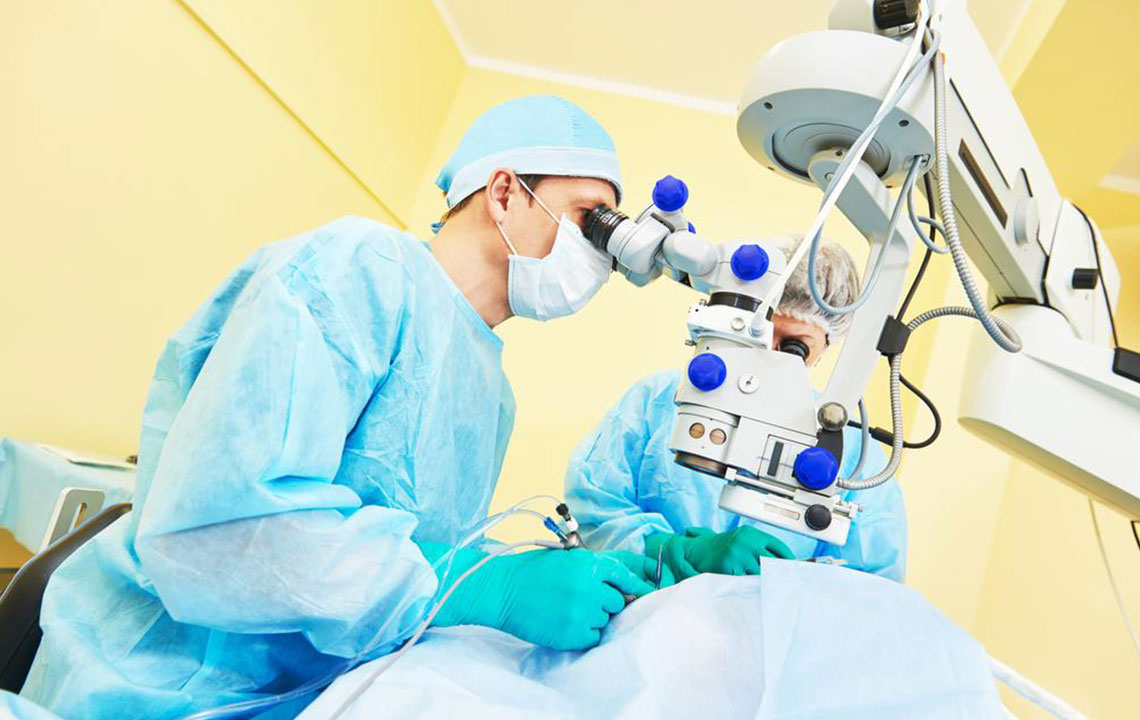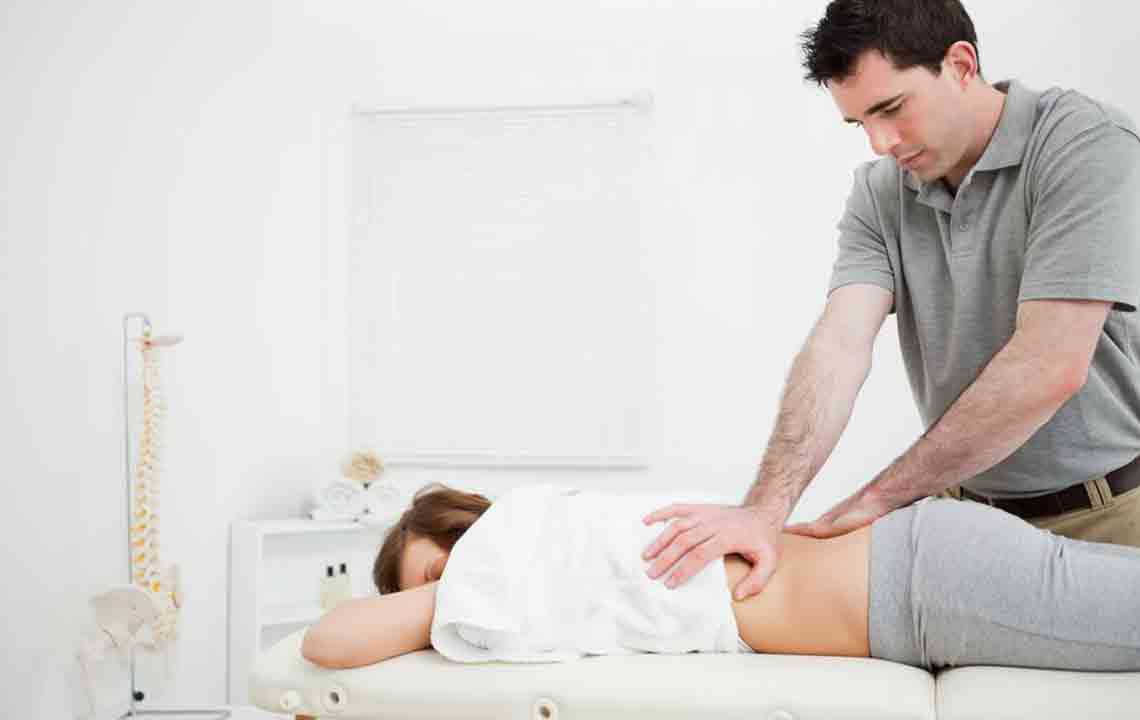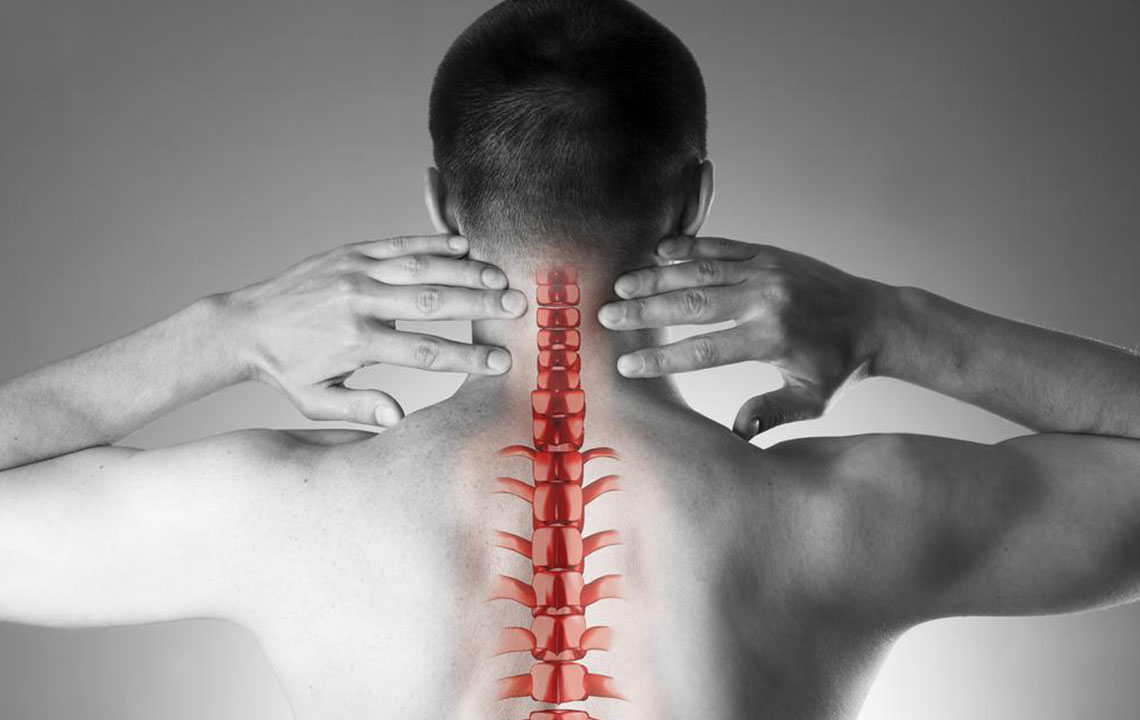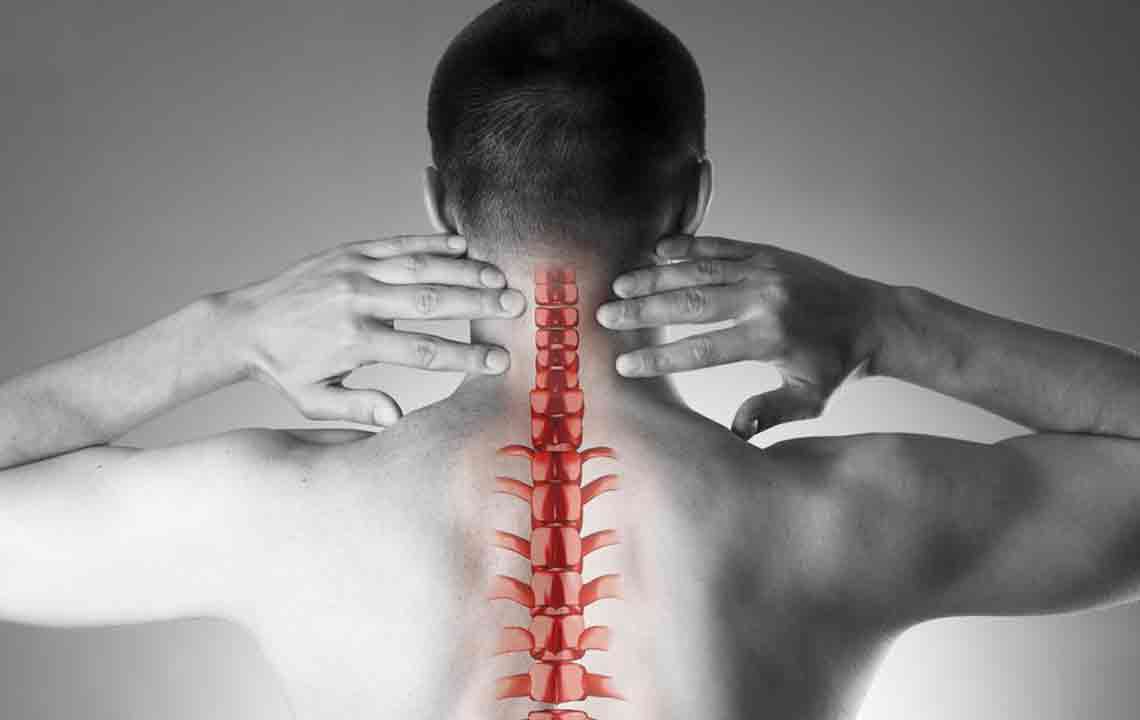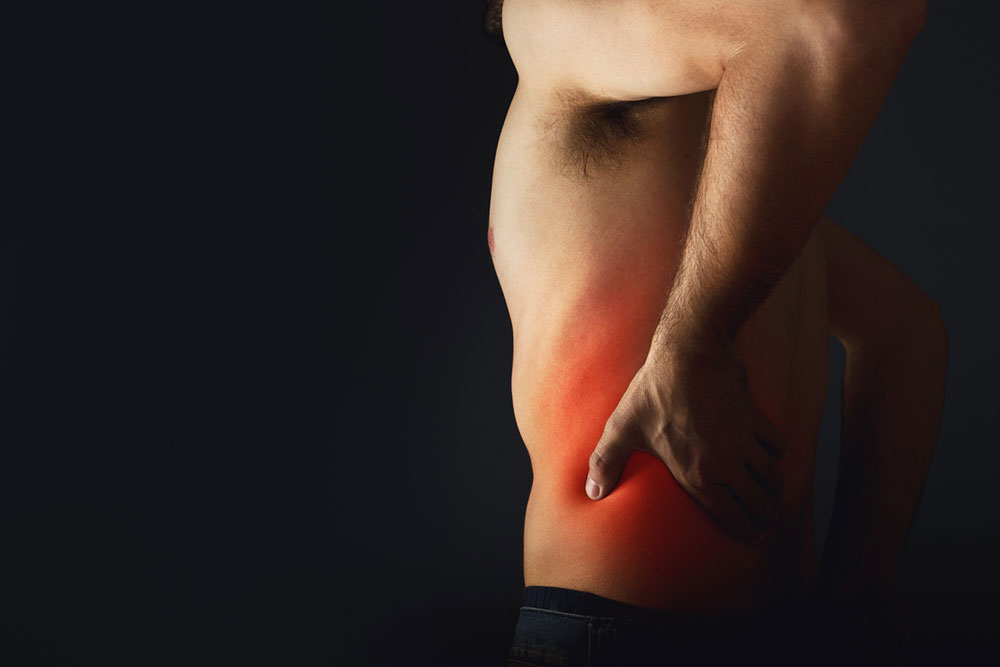Comprehensive Guide to Spinal Stenosis: Symptoms, Causes, and Modern Treatment Strategies
Spinal stenosis is a condition characterized by narrowing of the spinal spaces, leading to nerve compression. This detailed guide explores symptoms, causes, and advanced treatment options, including minimally invasive surgery and laser procedures. Early diagnosis and tailored management can significantly improve quality of life and prevent severe neurological impairments. Learn how to recognize signs and explore modern therapies designed for effective symptom relief and faster recovery.
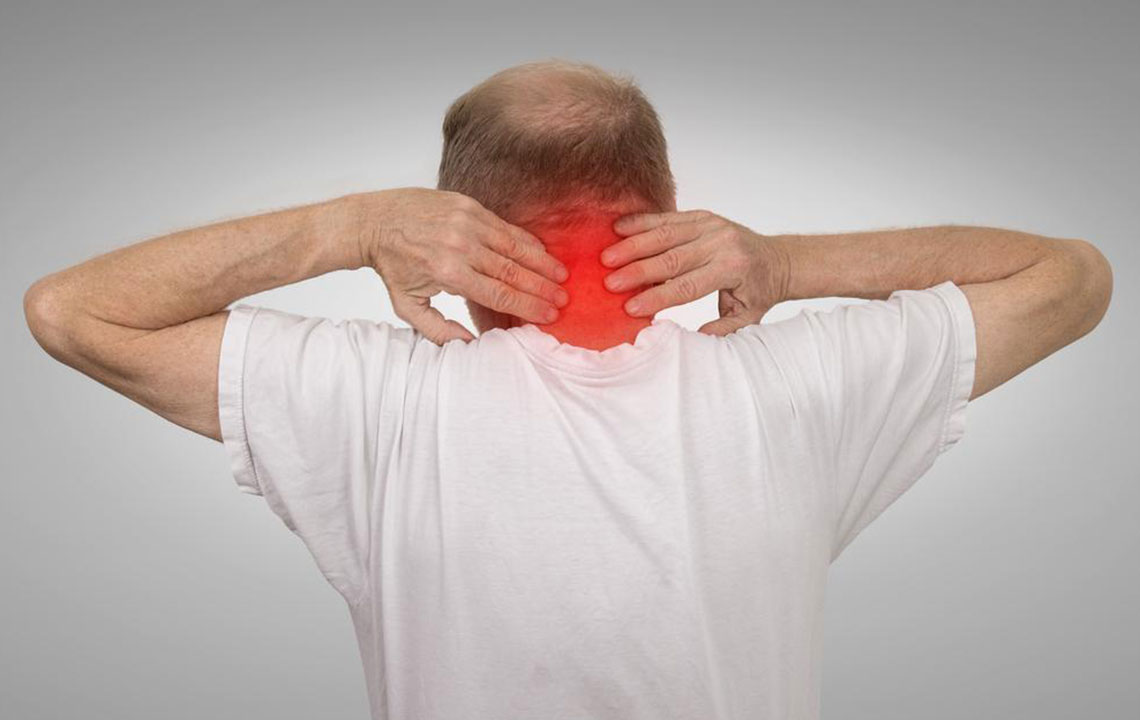
Comprehensive Guide to Spinal Stenosis: Symptoms, Causes, and Modern Treatment Strategies
Spinal stenosis is a medical condition characterized by the narrowing of spaces within the spine, which can exert pressure on the nerve roots and spinal cord. This condition is also commonly referred to as vertebral or spinal canal stenosis. It primarily impacts the structural integrity of the spine, leading to symptoms that can significantly affect a person’s quality of life. Understanding the underlying mechanisms, symptoms, causes, and available treatment options for spinal stenosis is vital for early diagnosis and effective management.
Spinal stenosis occurs when the normally open spaces in the vertebral column progressively become constricted, which can result from degenerative changes, congenital anomalies, or traumatic injuries. The narrowing leads to compression of nerve tissues, causing pain, numbness, weakness, and various neurological symptoms. While it predominantly affects individuals aged 50 and above, younger people with congenital spinal anomalies or those who have experienced spinal injuries are also susceptible.
Early intervention is crucial to prevent complications such as permanent nerve damage or loss of mobility. In severe instances, untreated spinal stenosis may escalate to paralysis or lead to significant disability. Therefore, understanding the symptoms and causes helps in timely diagnosis and intervention, improving patient outcomes.
Recognizing the Symptoms of Spinal Stenosis
Identifying the symptoms of spinal stenosis is essential for prompt diagnosis and treatment. The clinical presentation can vary depending on the location and severity of the narrowing within the spinal canal. Common signs and symptoms include:
Persistent and often severe pain in the neck, back, arms, or legs
Generalized sensations of numbness or tingling
Weakness in the limbs or muscular spasms
Reduced range of motion and flexibility
Difficulty in walking, maintaining balance, or bending
The specific symptoms experienced depend largely on the affected spinal region:
Cervical Spine: Pain radiates from the neck into the shoulders, arms, or fingers. Numbness and tingling may also occur in these areas, sometimes accompanied by muscle weakness.
Thoracic Spine: Discomfort manifests around the rib cage and upper back, often causing a choking sensation or tightness.
Lumbar Spine: The most common site affected in spinal stenosis, leading to lower back pain that radiates into the buttocks, thighs, and legs. Patients often report numbness, tingling, or weakness in these regions, which can impair mobility.
Additional conditions linked with spinal stenosis often exacerbate its symptoms and include:
Sciatica: Caused by compression of the sciatic nerve, resulting in severe lower back and leg pain, muscle spasms, and weakness.
Myelopathy: Narrowing of the cervical canal can impair the spinal cord’s function, leading to shooting pains, limb heaviness, difficulty with coordination, and even problems with bladder or bowel control.
As the condition progresses, symptoms tend to worsen, necessitating immediate medical attention to prevent long-term neurological deficits.
Causes of Spinal Stenosis
The development of spinal stenosis can be attributed to various underlying factors, both degenerative and congenital. Understanding these causes can aid in prevention and tailored treatment approaches:
Degenerative Changes: Age-related wear and tear, such as osteoarthritis, disc degeneration, and formation of bone spurs (osteophytes), contribute significantly to spinal canal narrowing.
Herniated Discs: Displacement of disc material can encroach upon the spinal canal space, causing compression.
Thickened Ligaments: Ligaments that become hypertrophied or calcified with age can obstruct nerve pathways.
Congenital Anomalies: Some individuals are born with narrower spinal canals, making them more susceptible to stenosis later in life.
Spinal Injuries and Trauma: Fractures or dislocations can alter spinal anatomy, leading to narrowing and nerve compression.
Tumors or Infections: Growths within or surrounding the spinal canal may contribute to constriction and nerve impingement.
Modern Treatment Options for Spinal Stenosis
Management of spinal stenosis aims to alleviate pain, restore mobility, and prevent neurological deterioration. The approach depends on the severity of symptoms and underlying causes. Treatment strategies encompass conservative, minimally invasive, and surgical interventions.
Conservative and Non-Surgical Treatments
Initially, most patients are managed with non-invasive therapies designed to reduce symptoms and improve function. These include:
Physical therapy focusing on stretching and strengthening exercises to improve spinal stability
Medications such as NSAIDs, corticosteroids, and muscle relaxants to control inflammation and pain
Activity modification to avoid movements that exacerbate symptoms
Epidural steroid injections for targeted pain relief
Use of assistive devices like braces or canes to support mobility
These treatments can effectively manage mild to moderate symptoms but may be insufficient for severe cases requiring surgical intervention.
Surgical and Minimally Invasive Procedures
When conservative methods fail to provide relief or if neurological deficits worsen, surgery may be necessary. Modern surgical techniques offer less invasive options with quicker recovery times, including:
Decompression Surgery: Procedures such as laminectomy or laminotomy remove part of the vertebrae or bone spurs to increase the space within the spinal canal.
Discectomy: Removing herniated disc material causing nerve compression.
Spinal Fusion: Stabilizes the affected spinal segment using instrumentation, often combined with decompression surgeries.
Minimally Invasive Techniques: Using advanced tools such as endoscopes or lasers, surgeons can perform decompression via small incisions, reducing tissue damage and facilitating faster healing.
Laser Surgery: Employs focused laser beams to ablatively remove excess tissues causing nerve compression, offering benefits such as same-day discharge, minimal scarring, and rapid recovery.
Advantages of Modern Surgical Techniques and Laser Therapy
Laser surgery for spinal stenosis has emerged as a popular treatment choice due to several benefits:
Significantly reduced hospital stay, often allowing same-day discharge
Minimal invasiveness resulting in smaller scars
Fewer complications compared to traditional open surgeries
Rapid pain relief and quicker return to daily activities
Enhanced postoperative recovery and reduced overall healthcare costs
However, limitations exist, including reduced efficacy in complex or multi-level stenosis, potential symptom recurrence, and risks associated with heat damage to surrounding tissues. Proper patient selection and comprehensive preoperative evaluation are crucial for optimal outcomes.
Preventive Measures and Lifestyle Modifications
An ounce of prevention goes a long way in managing or delaying the progression of spinal stenosis. Maintaining a healthy lifestyle, including regular exercise, weight management, and proper ergonomics, can help reduce stress on the spine. Seeking early intervention for back injuries and avoiding repetitive strain are also vital preventive strategies.
